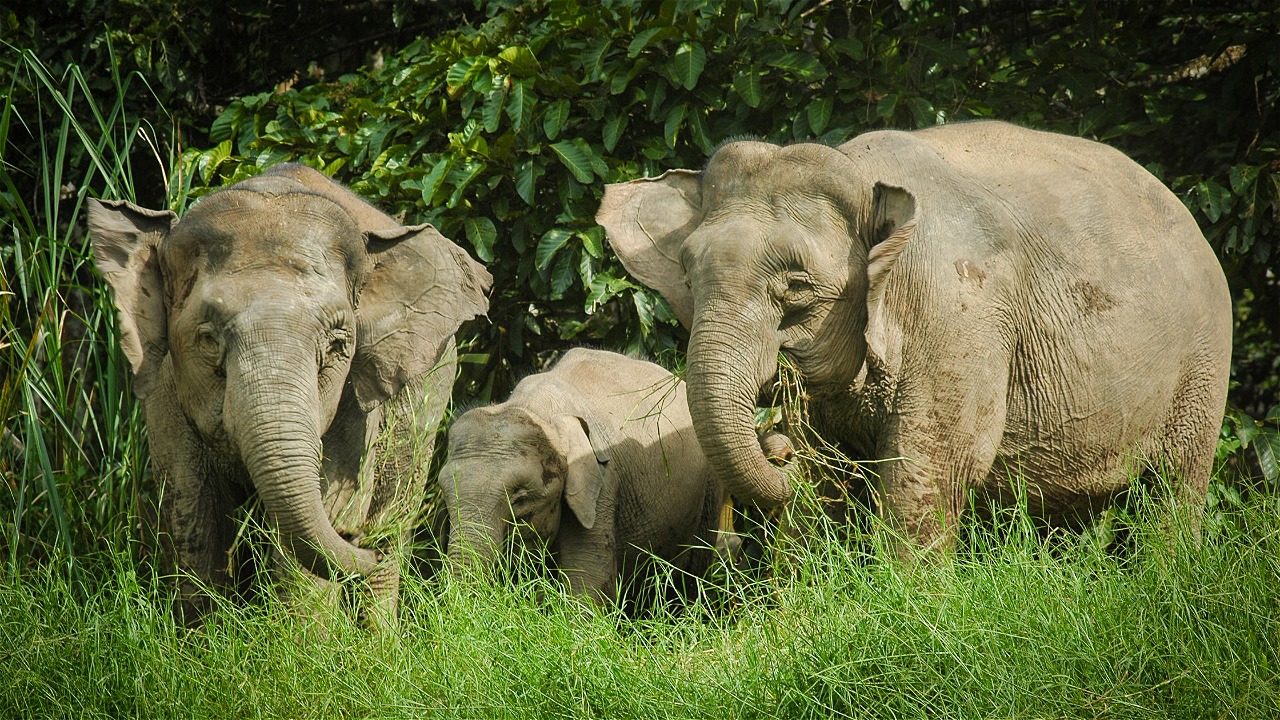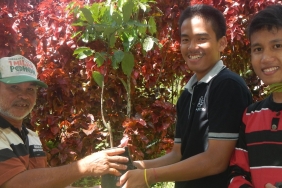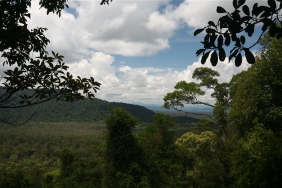ELEPHANT ENCOUNTER
It all started in 1997 - when my interest in field work began to grow. It was my first time in the field and my job was to clean the enclosures and be an elephant trainer. Since it was my first experience with elephants, others who were more experienced tried to direct me.
The initial stages of the job were difficult, especially when I had to remove about 100 kg of elephant dung to clean the enclosure. But it was something I knew I could do with some determination. As my experience in cleaning elephant pens grew and the elephants started to put me at ease, I was ready to approach them. My role expanded from cage cleaning to wild elephant training. Wild elephant handling is very risky - there were times when I injured both arms. But with enough patience and proper care, we can connect with wild elephants.
I still remember every day we were bathed in elephant dung, urine and mud at the end of working hours. We would only wear long pants without shirts to save water when washing our clothes.
My early experiences with wild elephants have taught me the basic rules of approaching these gentle giants. I joined WWF-Malaysia as the first person to track elephants in Sukau at the time. I tracked more than 70 wild elephants and traveled around the forest to familiarize myself with the area and with the wild elephant habituation area. It was only during these times that I was able to learn mapping with GPS.
My efforts to be accepted in the wild elephant herd were difficult and required a lot of patience, but as I spent more time with them, they slowly recognized my scent and presence. The day they fully accepted me as a friendly figure gave me a feeling I will never forget - it felt special and is something I will cherish for a long time. Through it, I was able to recognize their behavior and even give them names for easy recognition.
I followed the herd for about a year traveling from Abai to Kinabatangan Bridge in Bt Putih. It took a year of following them after they stopped at Bt Putih. However, that year became the most challenging year for me.
There was a time when the WWF-Malaysia team and I were stuck in the jungle without food. To survive at night, we had to drink water from puddles in the dark. There was no sleep or adequate rest and we felt as if we were living prey to mosquitoes. The night air was biting and our only shelter was in the trees. We were not allowed to spend much time on the forest floor and feared many dangers, including attacks from snakes and crocodiles.
When daylight came and we were able to look around us, we saw that the puddles of water we drank from the night before were dirty and tasted disgusting in our mouths. We walked in waist-deep water and relied heavily on our walkie-talkies; we hoped that the batteries wouldn't run out too soon.
The time I spent with the wild elephants was not entirely pleasant. During the tracking there were a few times we came across elephants being shot in the forest. There was a particular incident that I will always remember. At around 7pm one night, our group heard a baby elephant crying in the distance. We immediately headed towards the direction of the cry and found her. I ran towards her and found she had been shot by people who were in the area. It was heartbreaking to see that it was the same baby elephant that loved spending time with me as I recorded data on their behavior. Sadly, she passed away.
We left to gather tools at our campsite to make a report. However, when we returned, we found that the local community had burnt the carcass of a baby elephant. I felt angry, sad and frustrated. How could anyone do this to an innocent baby? We explained to the local people involved and explained that wild elephants are now endangered and when an elephant comes near them, they should contact any wildlife agency for advice. They were educated on the importance of having these elephants in our forests.
Another incident that sticks in my memory was when I received a call to look for a baby elephant that had an injured leg. This elephant was about two years old. Within about three days, we found the baby elephant in bad condition. I had to treat her for four days before we were allowed to move her to a safer location. There was a torn ligament in her leg which caused an infection. Unfortunately, she did not survive. During the autopsy, it was discovered that he had consumed rope and cigarette packets. It was very sad and made me realize that the consequences of human actions caused the baby elephant to suffer greatly.
The experiences I've had with these wild elephants throughout the years have strengthened my passion for protecting this beautiful species.
Engelbert Dausip, Senior Program Assistant,
Species Program, WWF-Malaysia





